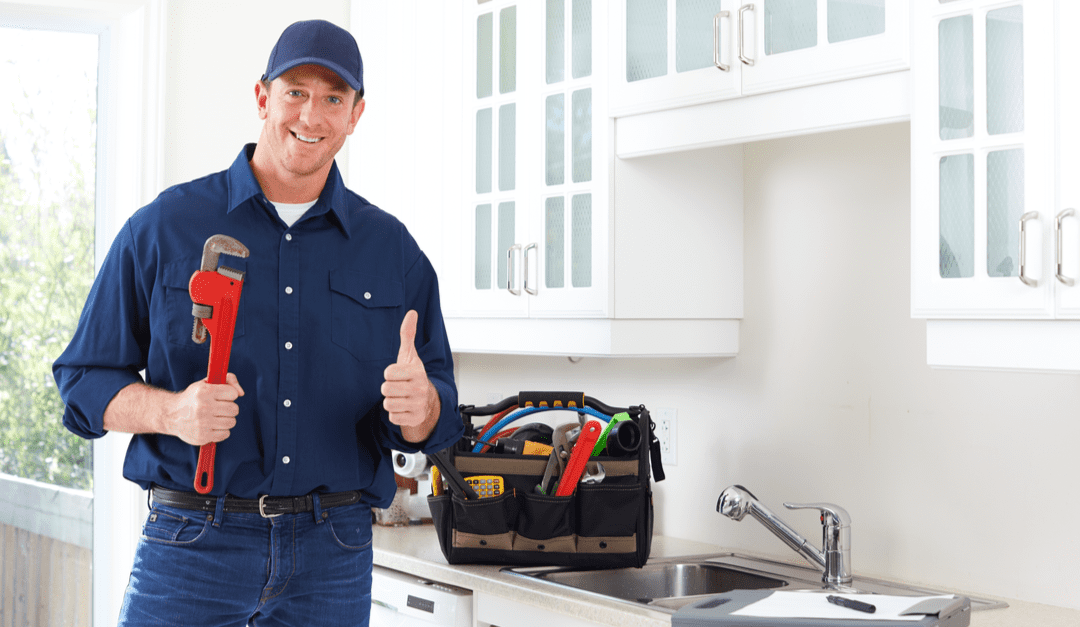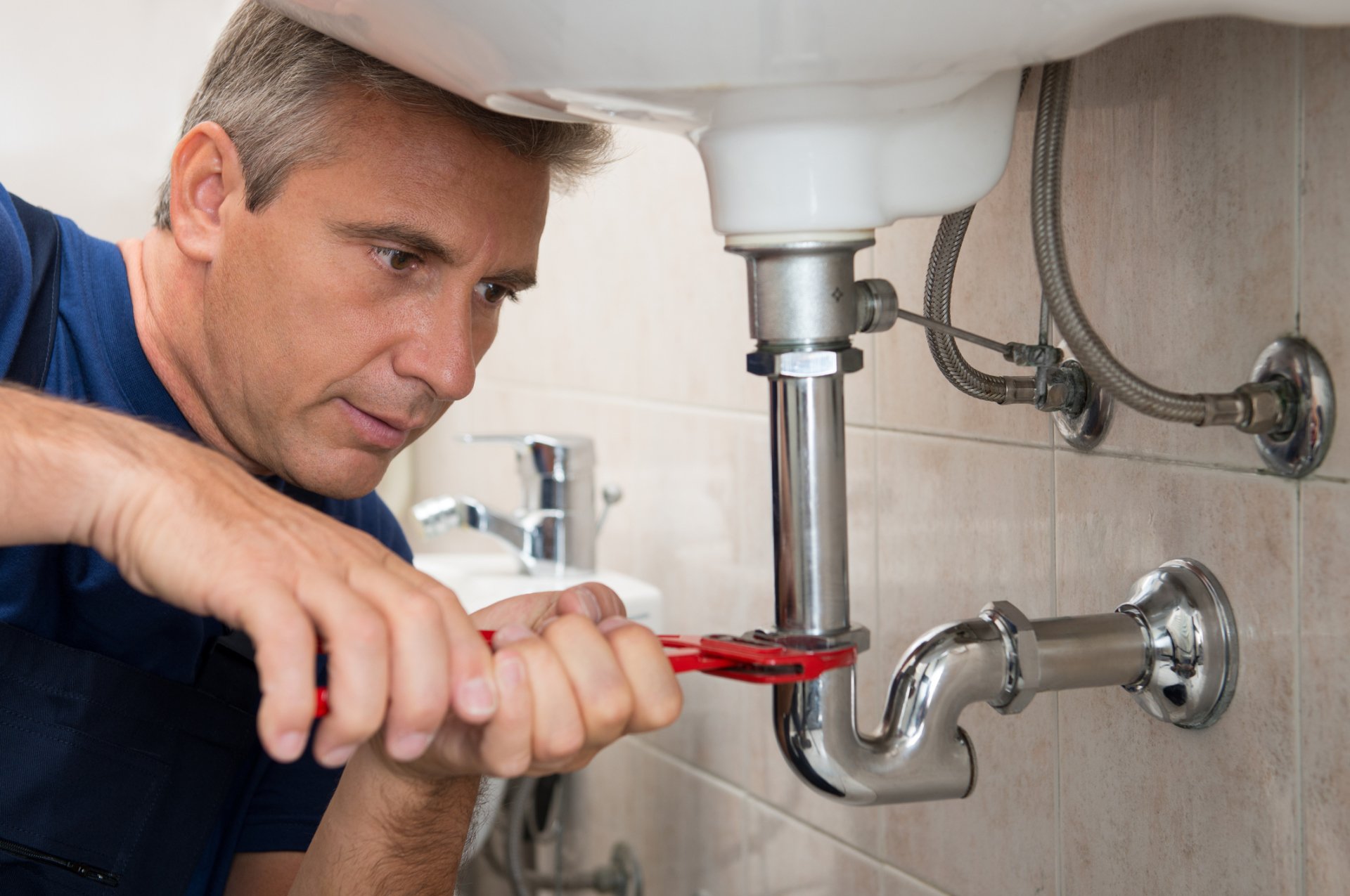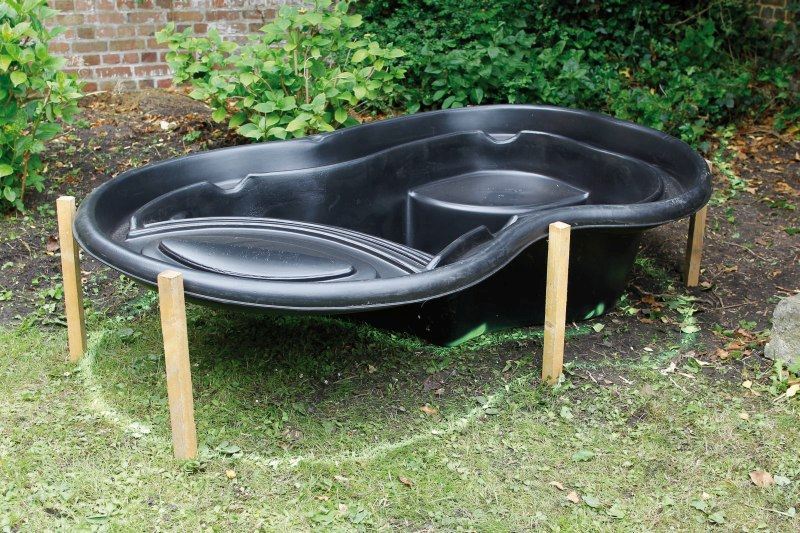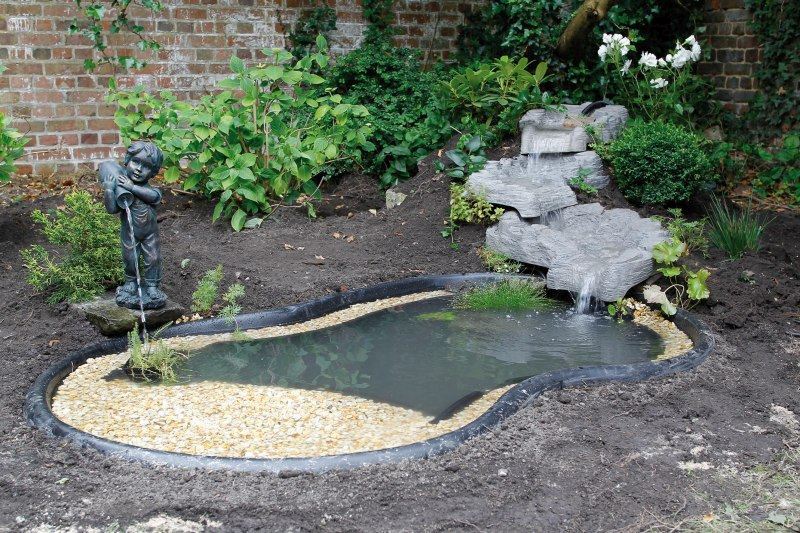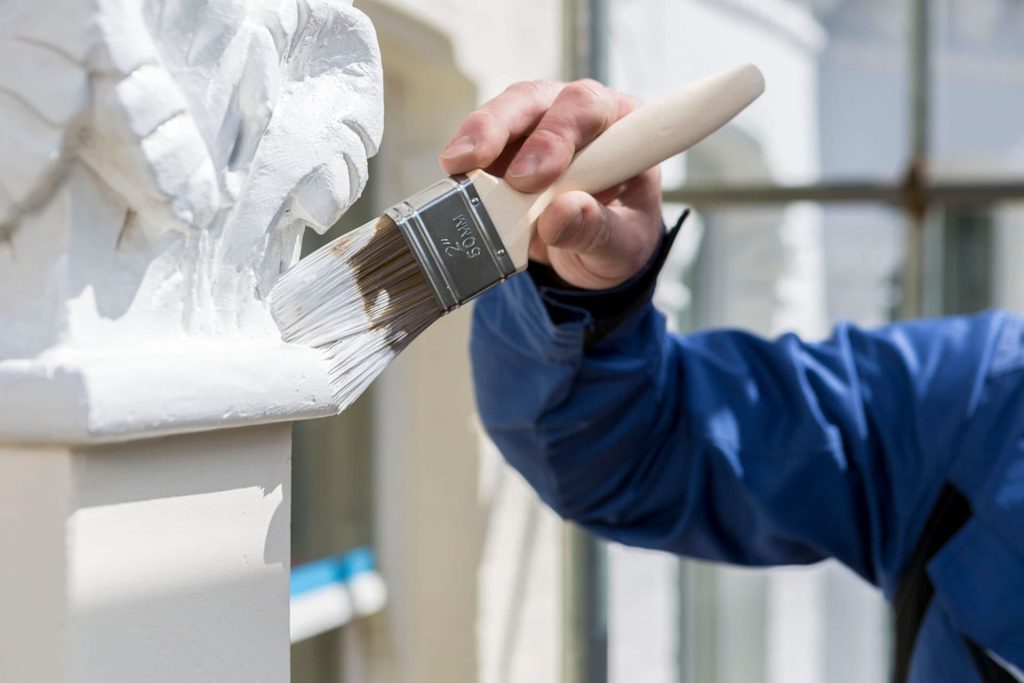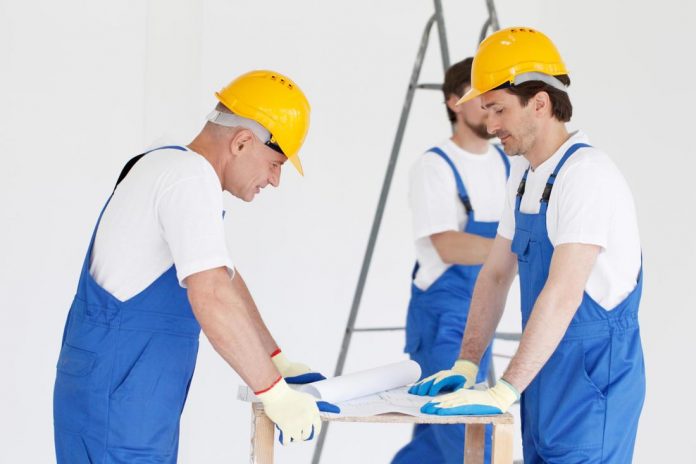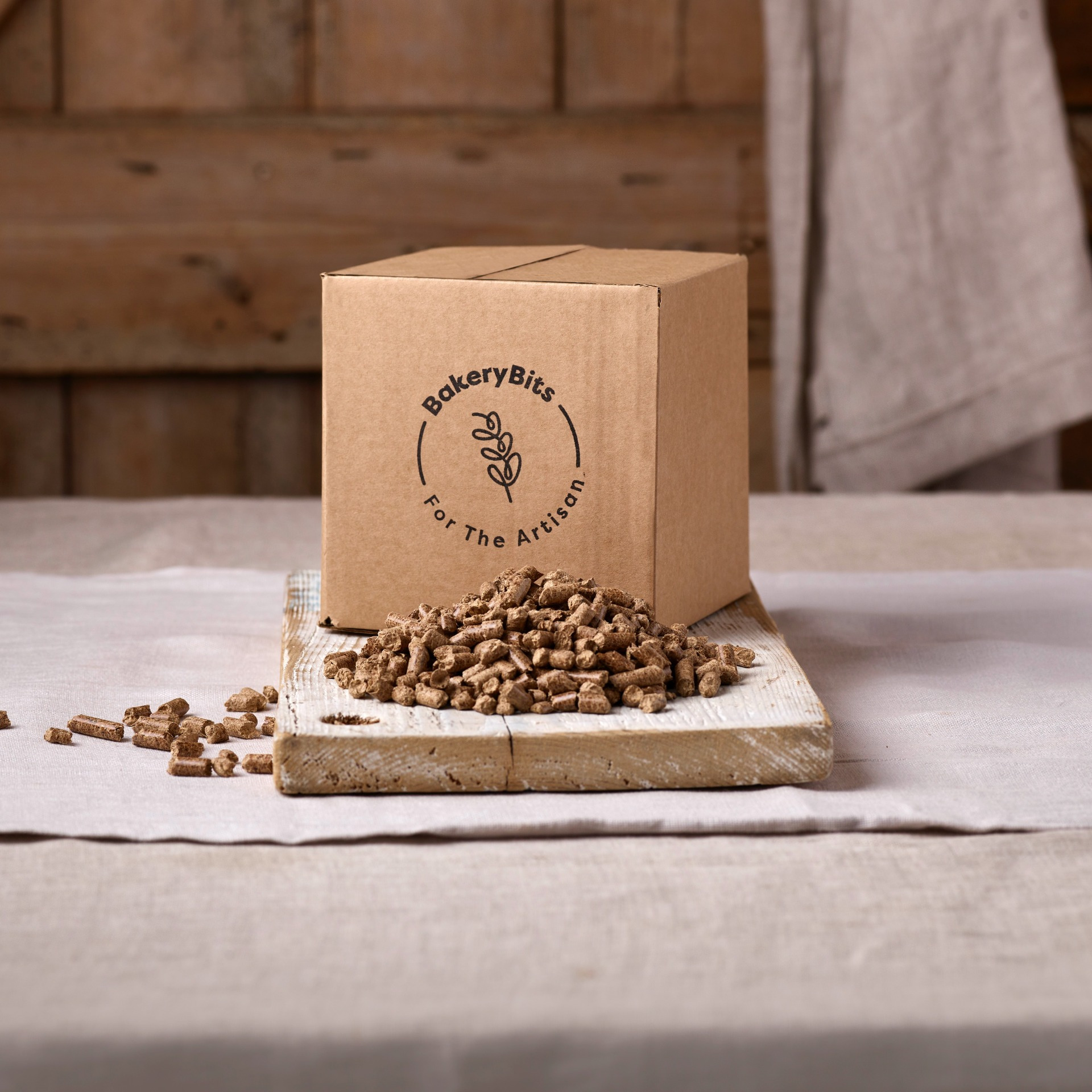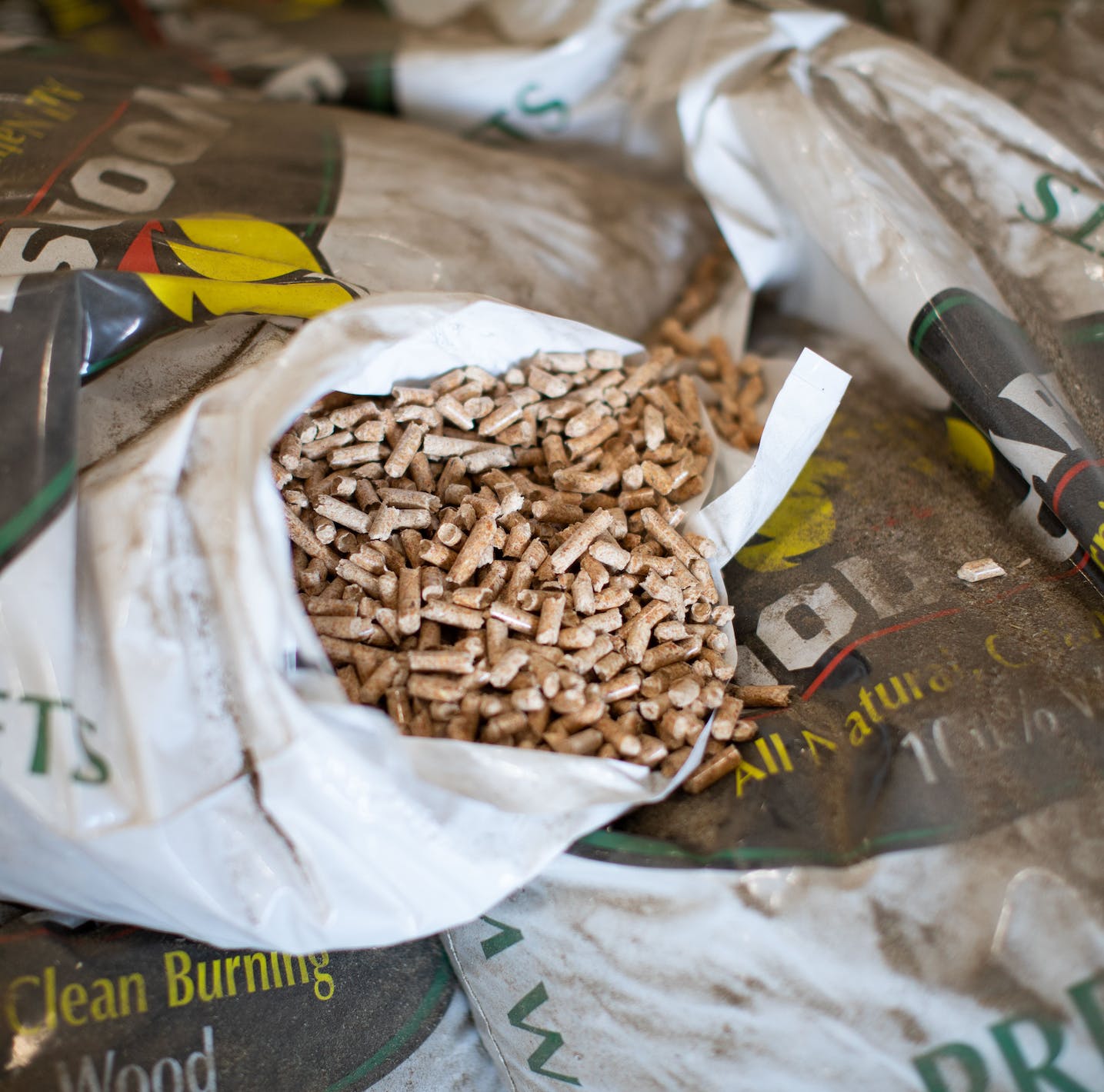Guarding Your Sanctuary: Effective Strategies to Prevent Mold Infestations
Mold growth can be a homeowner’s nightmare, causing damage to property and posing health risks to residents. Dealing with mold infestations can be costly and time-consuming, often requiring professional mold remediation services to eradicate the problem fully. However, prevention is always the best approach when it comes to mold. Taking proactive steps can significantly reduce the likelihood of mold taking hold in your home.
1. Monitor Humidity Levels
One of the primary factors contributing to mold growth is excess moisture. To prevent mold, it’s crucial to keep humidity levels in check. Invest in a hygrometer to measure humidity indoors; ideally, it should be kept below 60%. Use air conditioners and dehumidifiers in humid areas such as basements and bathrooms to maintain optimal humidity levels.
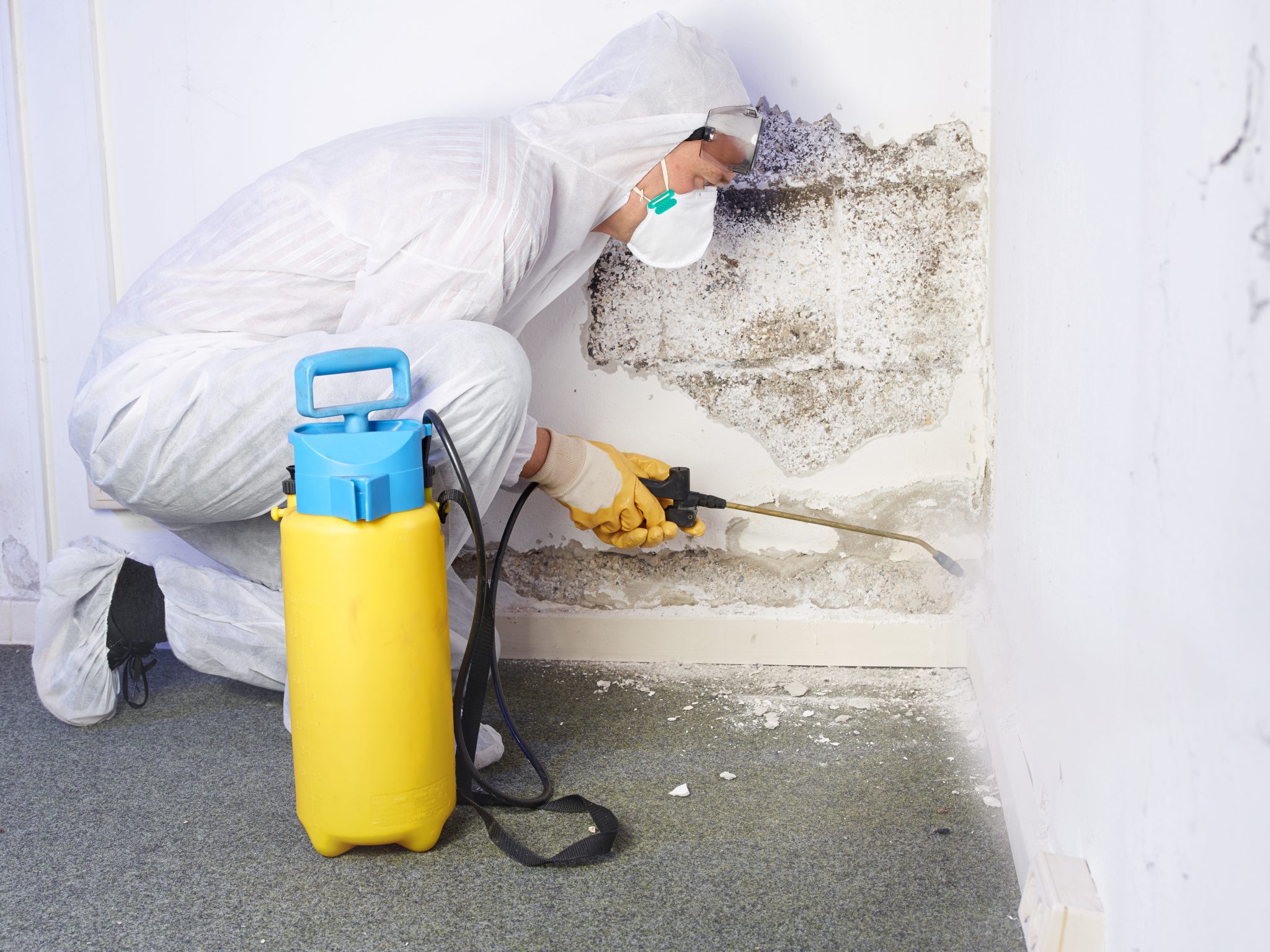
2. Ensure Proper Ventilation
Good air circulation helps prevent moisture buildup, discouraging mold growth. To vent moisture outside, use exhaust fans in kitchens, bathrooms, and laundry rooms. Ensure that vents and air ducts are clean and unobstructed to facilitate air flow.
3. Promptly Fix Leaks
Even minor leaks from pipes, roofs, or windows can create a conducive environment for mold. Inspect your home regularly for any signs of leaks and address them promptly. Repairing leaks as soon as they’re detected can save you from dealing with a major mold problem later on.
4. Direct Water Away from Your Home
Ensure that the landscape around your home slopes away from the foundation to prevent water from pooling and seeping into your basement or crawl space. Use downspout extensions and splash blocks to direct rainwater away from the house, minimizing moisture intrusion.
5. Use Mold-Resistant Products
Opt for mold-resistant drywall, paint, and insulation materials when renovating or building. These products are designed to inhibit mold growth and can provide an extra layer of protection against future infestations.
6. Clean and Maintain Gutters
Clogged gutters can lead to water overflow, seeping into your home’s walls and foundation. Regularly clean gutters and downspouts to ensure proper drainage and prevent moisture buildup.
7. Inspect and Improve Home Insulation
Proper insulation not only helps regulate indoor temperature but also prevents condensation. Inspect insulation in attics, basements, and crawl spaces, and upgrade if necessary. Adequate insulation reduces the likelihood of cold surfaces where moisture can accumulate.
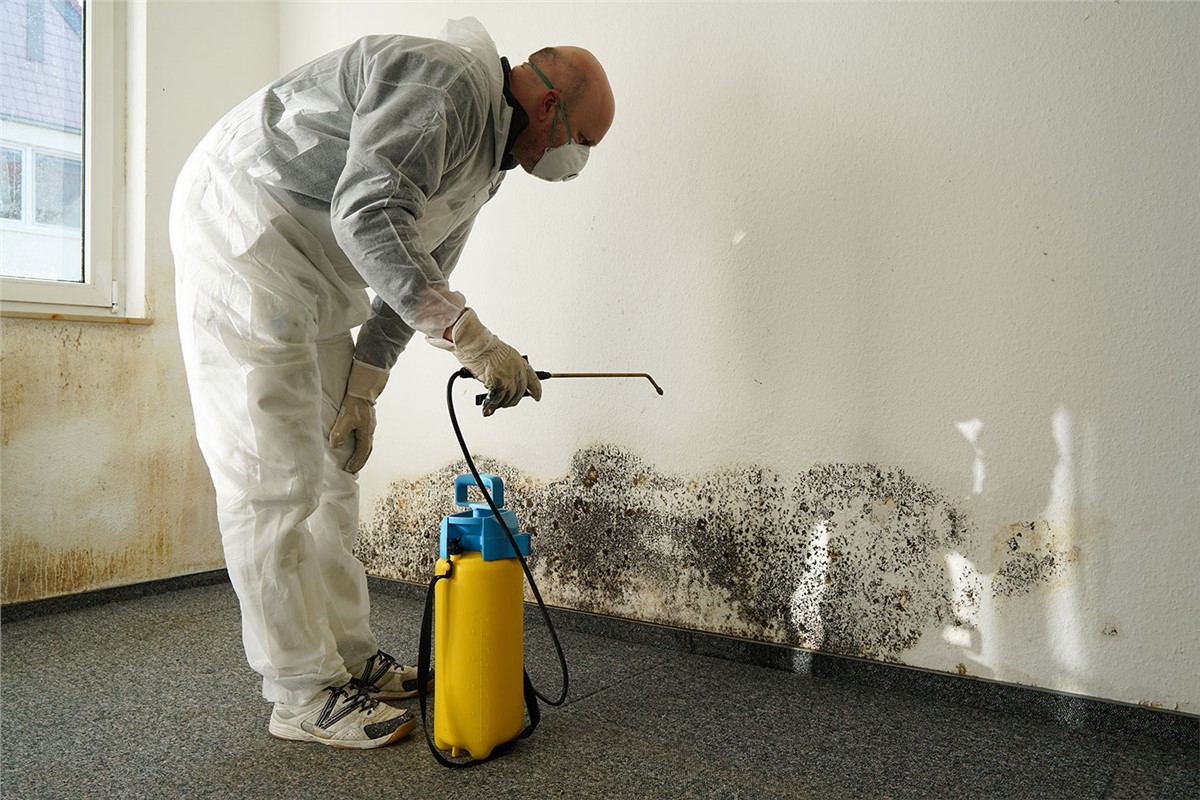
Conclusion
Taking proactive measures to prevent mold infestations can save you time, money, and stress in the long run. By monitoring humidity levels, ensuring good ventilation, promptly fixing leaks, directing water away from your home, using mold-resistant products, maintaining gutters, and improving insulation, you can significantly reduce the risk of mold taking hold in your home. Remember, prevention is key to safeguarding your home and your family’s health from the dangers associated with mold.

